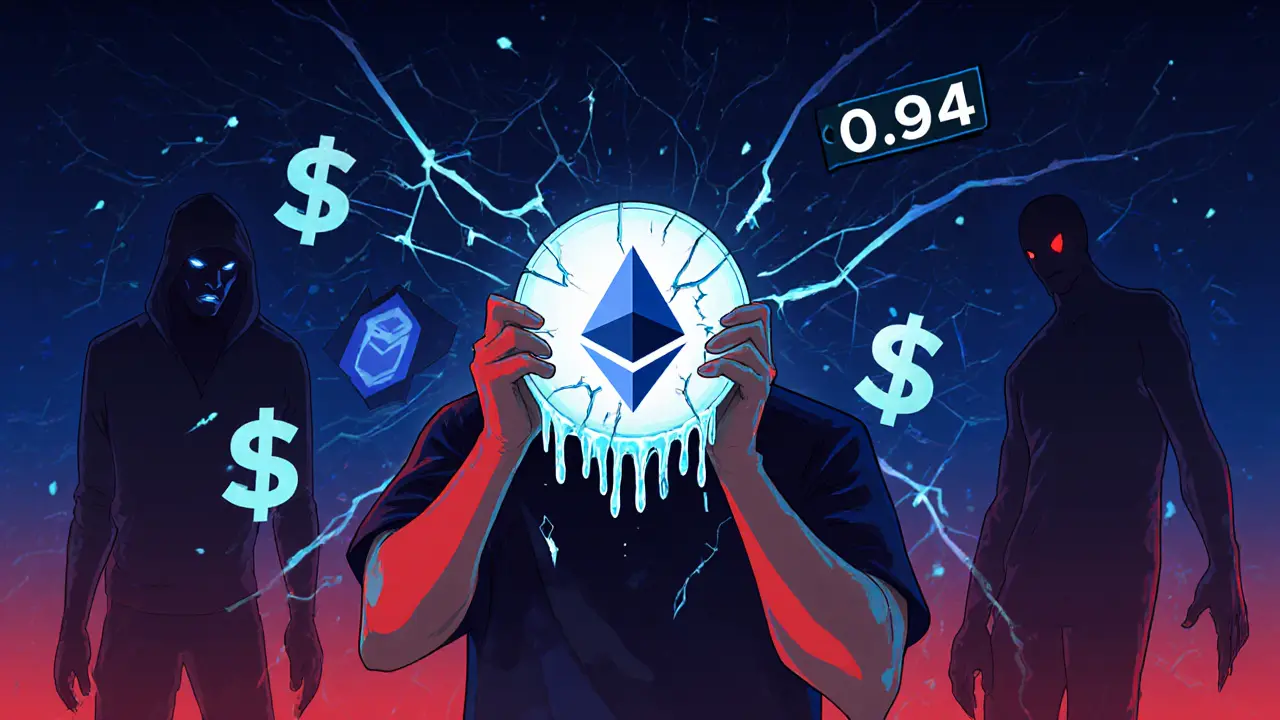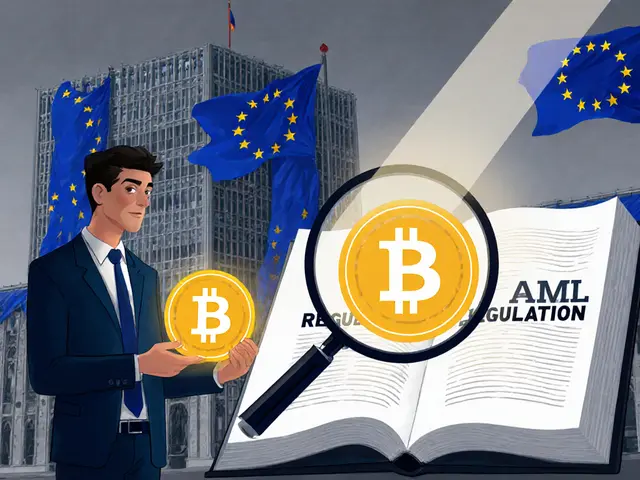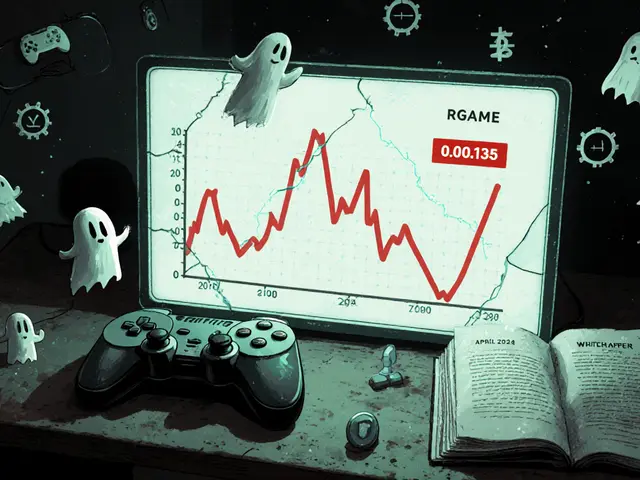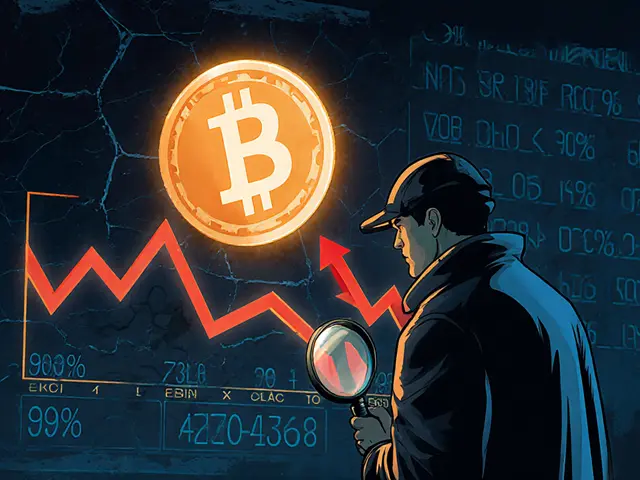Centralization in Staking: Risks, Real-World Examples, and How It Undermines Blockchain
When you stake cryptocurrency, you’re supposed to help secure a decentralized network. But centralization in staking, the concentration of staked assets in the hands of a few large operators is turning that promise into a myth. Instead of thousands of small validators, you’ve got a handful of exchanges and staking pools controlling over 70% of the total stake on major networks like Ethereum and Solana. This isn’t just a technical quirk—it’s a structural flaw that makes these networks more vulnerable to censorship, attacks, and regulatory pressure.
staking pools, third-party services that combine users’ crypto to meet minimum staking requirements are the main drivers of this trend. They’re convenient, sure—but they also remove your direct control. When Coinbase, Kraken, or Lido hold billions in staked ETH, they become de facto gatekeepers. If they decide to freeze withdrawals, censor transactions, or comply with a government order, you can’t easily opt out. That’s the opposite of decentralization. Even worse, many users don’t realize they’re not running their own validator. They think they’re helping the network, but they’re just lending their tokens to a corporation.
And it’s not just about exchanges. validator centralization, when a small group of technical operators control the majority of active validation nodes is growing too. On some networks, the top 10 validators hold more than half the voting power. That means a coordinated attack—or a single regulatory crackdown—could halt the entire chain. This isn’t theoretical. In 2023, a single cloud provider outage took down 15% of Ethereum validators overnight. If that provider was the only one offering a certain type of hardware, the whole network could’ve stalled.
Some argue this is just market efficiency. But efficiency shouldn’t come at the cost of security. The whole point of blockchain was to remove trusted middlemen. Now, we’ve replaced banks with staking giants. And when those giants fail—or get shut down—regular users pay the price. Look at what happened with Terra’s LUNA collapse: centralized staking services couldn’t protect users because they weren’t designed to. They were designed to maximize profits, not preserve decentralization.
There are alternatives. Self-custody staking, where you run your own node, still exists. But it’s clunky, expensive, and requires technical know-how. That’s why most people don’t do it. The real fix isn’t better tools—it’s better incentives. Networks need to reward small validators with higher returns, not punish them with lower yields. Until then, proof of stake, the consensus mechanism that replaced mining to save energy risks becoming just another way for the powerful to lock in control.
What you’ll find below aren’t just articles about staking. These are real investigations into who controls the chains you’re trusting, how that control is being abused, and what you can do about it. From the hidden risks of popular staking platforms to the quiet rebellion of decentralized alternatives, this collection pulls back the curtain on the system you thought was open—and shows you why it’s not.






